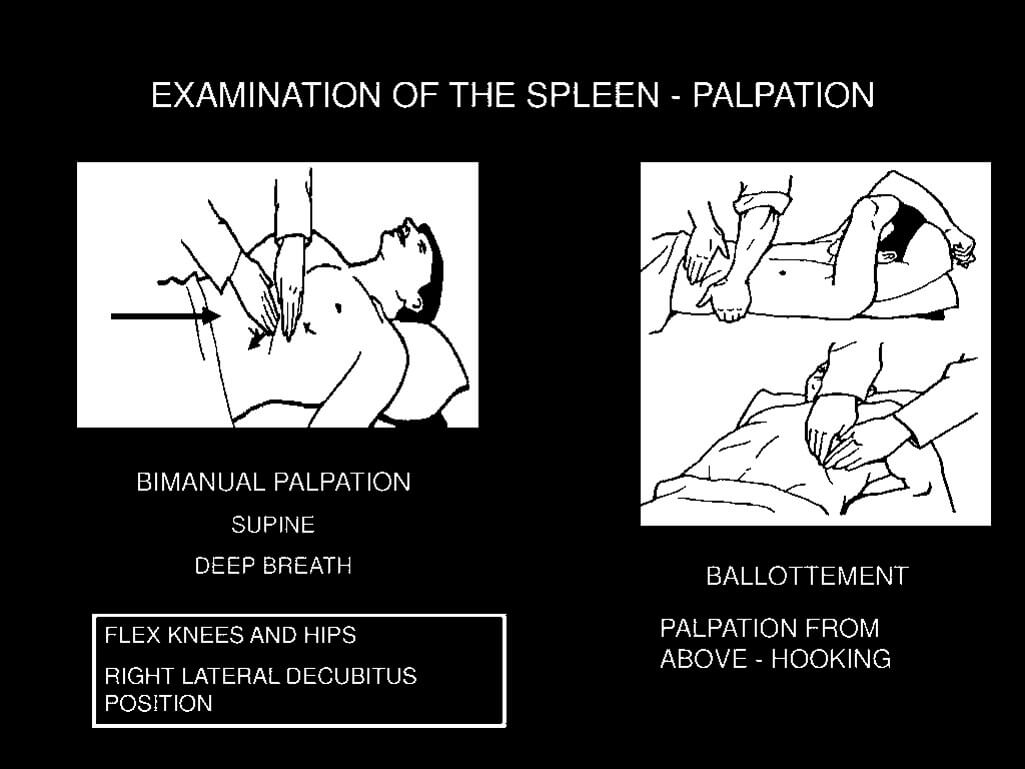ANATOMY OF SPLEEN Histologically: FUNCTIONS OF SPLEEN Spleen is the largest lymphoid organ organ and serves following functions – An increase in these normal functions may result in splenomegaly EXAMINATION OF SPLEEN 1. Palpation: If history suggest splenomegaly but is not palpable: Roll the patient on to the right lateral…
Tag: Gastrointestinal system
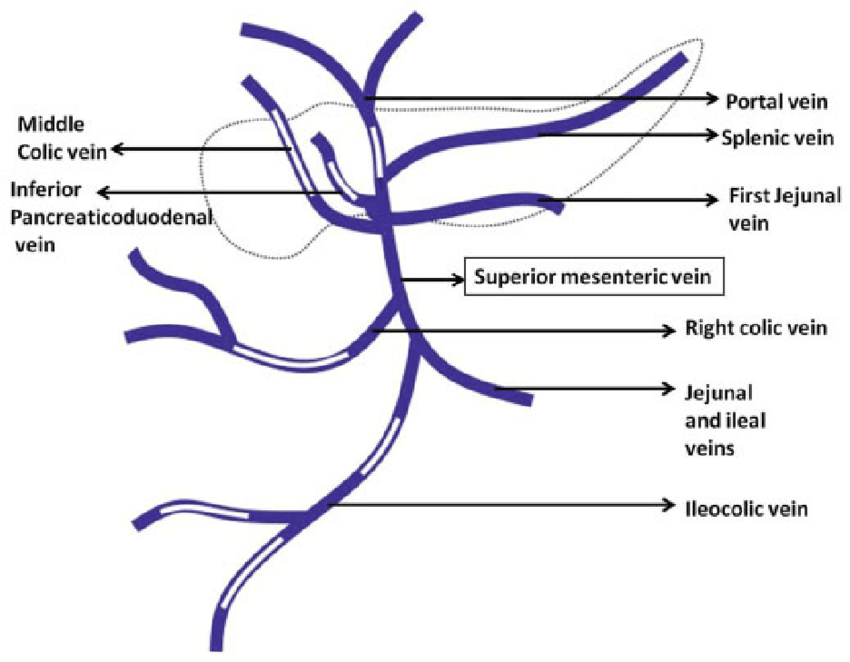
Portal Vein : Tributaries and Portocaval Anastomoses
Origin: Hepatic Portal Vein is formed by the union of Splenic vein and Superior mesenteric Vein behind the neck of pancreas at L1 vertebral level. Termination: The portal vein terminates by branching into right branch (entering right lobe of liver) and left branch entering (left lobe of liver). Parts: Tributaries: Points to…
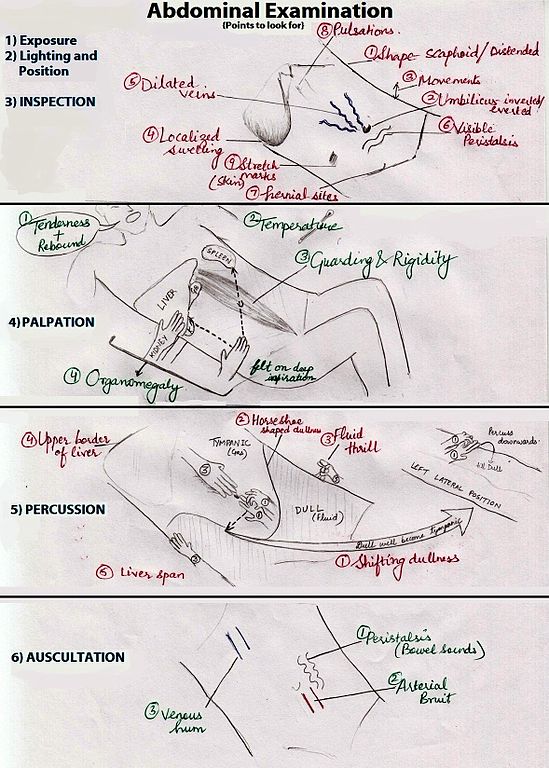
Common mistakes in Per Abdominal examination
1. Forgetting to Expose abdomen adequately: Before examination, patient should ideally be exposed from the nipples to mid thigh. Failure to do so may lead to missed findings during examination e.g. Hernia 2. Abdominal symmetry and movement: Abdominal symmetry and movement should be examined tangentially and from leg end. Comment…
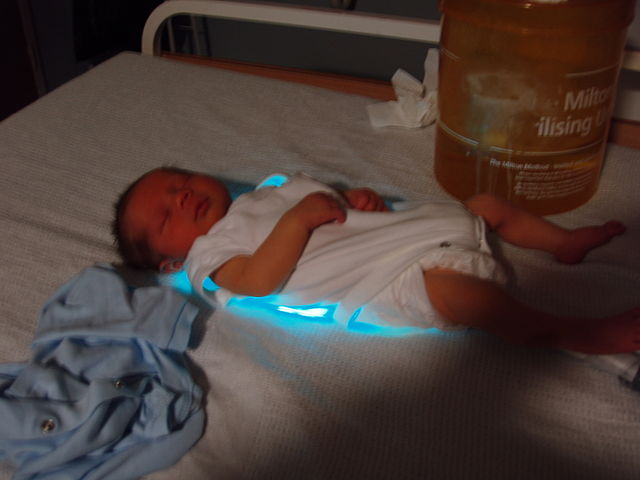
Jaundice in Newborn Baby : Parent’s guide
Before starting with the topic, here is a recommended reading for the medical professionals. Yellowish discoloration of skin and sclera – ” Jaundice” is a commonly encountered problem for the parents of newborn babies. Jaundice is caused by the increase in level of bilirubin in blood (serum). Many parents notice yellowness…
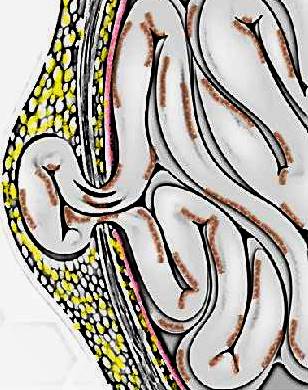
Hernia – The Others
Hernia is classically defined as a protrusion of the contents of a cavity through its walls. It is a condition which occurs not only in the abdomen but also other regions of the body such as in the thorax and cranium. In this article one can find the description of…
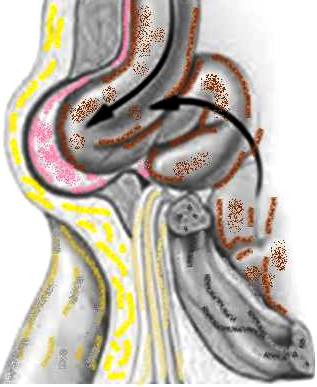
Hernia – Inguinal Hernia
Groin is the area between abdomen and the upper thigh on either sides of pubic symphysis. Protrusions of the abdominal contents through the weak areas in this region are grouped under groin hernias. Groin Hernia can be classified into Inguinal and Femoral Hernias. Please go though another article of the…
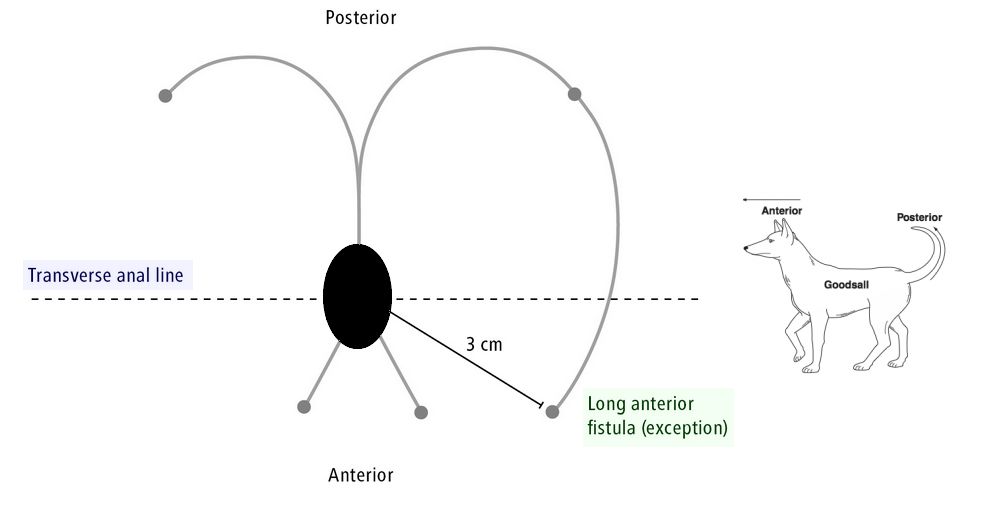
Goodsall’s rule : Mnemonic
Synonym: Goodsall-Salmon’s law In anal fistula, goodsall’s rule predicts the type of track and location of internal opening. An anterior external opening is more likely to have a straight track while a psoteriorly placed external opening is more likely to have a curved track. Mnemonic: Think of a dog with…
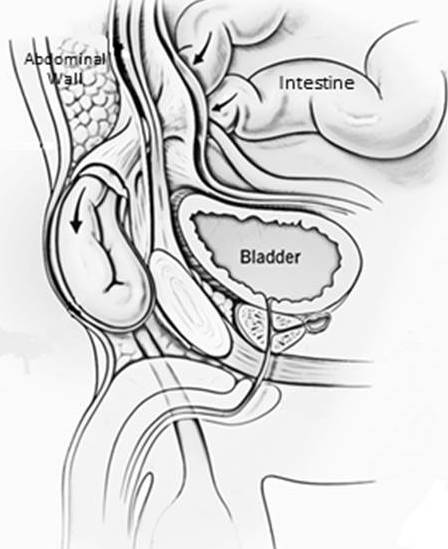
Hernia – The Basics
“No disease of the human body, belonging to the province of the surgeon, requires in its treatment a greater combination of accurate anatomic knowledge, with surgical skill, than hernia and all its varieties.” – Sir Astley Cooper ‘Hernia’, a word derived from Latin for ‘Rupture’, defined as the unusual protrusion…
